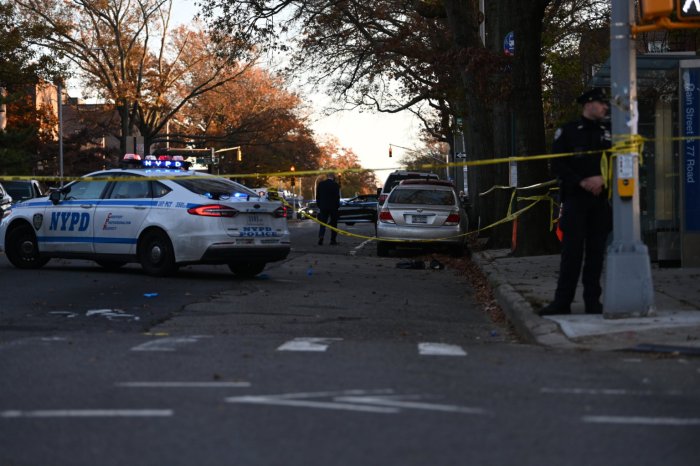By Stephen Witt
Should all development in the borough stem from community-based planning? That’s what Dr. Tom Agnotti, professor of Urban Affairs and Planning at Hunter College, advocated at last week’s Carroll Gardens Neighborhood Association meeting. Agnotti, who worked in the City Planning department for several years, said that the department focuses on zoning issues and is more reactionary toward proposed developments rather than focusing on community-based neighborhood planning. “We need planning in every neighborhood and not just zoning,” he said. Agnotti stressed that he’s not against or for development as change is a constant of life, but he did question the kind of changes development might bring and neighborhood input in that change. Seattle, Washington, for instance, understood it needed a plan for more housing, he said, and then asked each of that city’s 39 neighborhoods to come up with a plan. All came up with a plan that met the housing target in that neighborhood. “When people are given the opportunity to be engaged in doing the planning, for the most part, they are not against new development,” said Agnotti. “After working decades in New York City, I found the same thing. When people are empowered to be part of the process and they know that one of the challenges is dealing with new development, they accept it. Do they always do the right thing? No. Does government always do the right thing? No,” he added. Agnotti said he would like to see a similar model in Brooklyn, and noted that Red Hook wrote their own plan while he was in the Borough Planning Department. That plan was part of the City’s 197A process, which calls for neighborhoods to develop their own plans. Thus far 70 neighborhoods wrote their own plan, but only seven were approved by the city, Agnotti said. Agnotti said these plans, however, are coming up against a tremendous amount of real estate development, and the mayor’s response has been a plan to create more affordable housing. This pressure begs the question of where this housing will be built, and will it result in a neighborhood-by-neighborhood fight, which will consequently lead to piecemeal rezoning, he said. This piecemeal way of doing things puts people organizing into a defensive mode, whereas the neighborhood-based planning model is proactive planning. However, Bob Furman, chair of the Four Borough Neighborhood Alliance, noted that while the Red Hook plan was adopted, it was totally ignored when IKEA was given the green light to come into the area. The 197A process has no teeth, Forman said. Agnotti responded that he filed a brief against IKEA coming in because it violated the 197A process which is equivalent to a master plan, and that lawmakers have to take it into consideration. That is why it is important to have elected officials, and in particular, the borough president behind community-based planning, he said. “Every city that has done community planning had a mayor that supported it,” Agnotti said. When questioned about whether community-based planning would put a dent in a market-driven economy, Agnotti responded, “It is still market driven, but it’s who’s driving the market – not just the developers.” Agnotti said smart developers would actually appreciate community-based planning, because from their point of view they will have community approval. “The uncertainty is taken out of it, because they don’t have to come up with a proposal and then find out a year or two later that there’s intensive opposition to it and community groups have taken them to court and their proposal is not going to fly,” said Agnotti. “They’ve wasted years and they’ve lost money. Of course, there are developers who are not smart and who would prefer doing it that way,” he added.





























